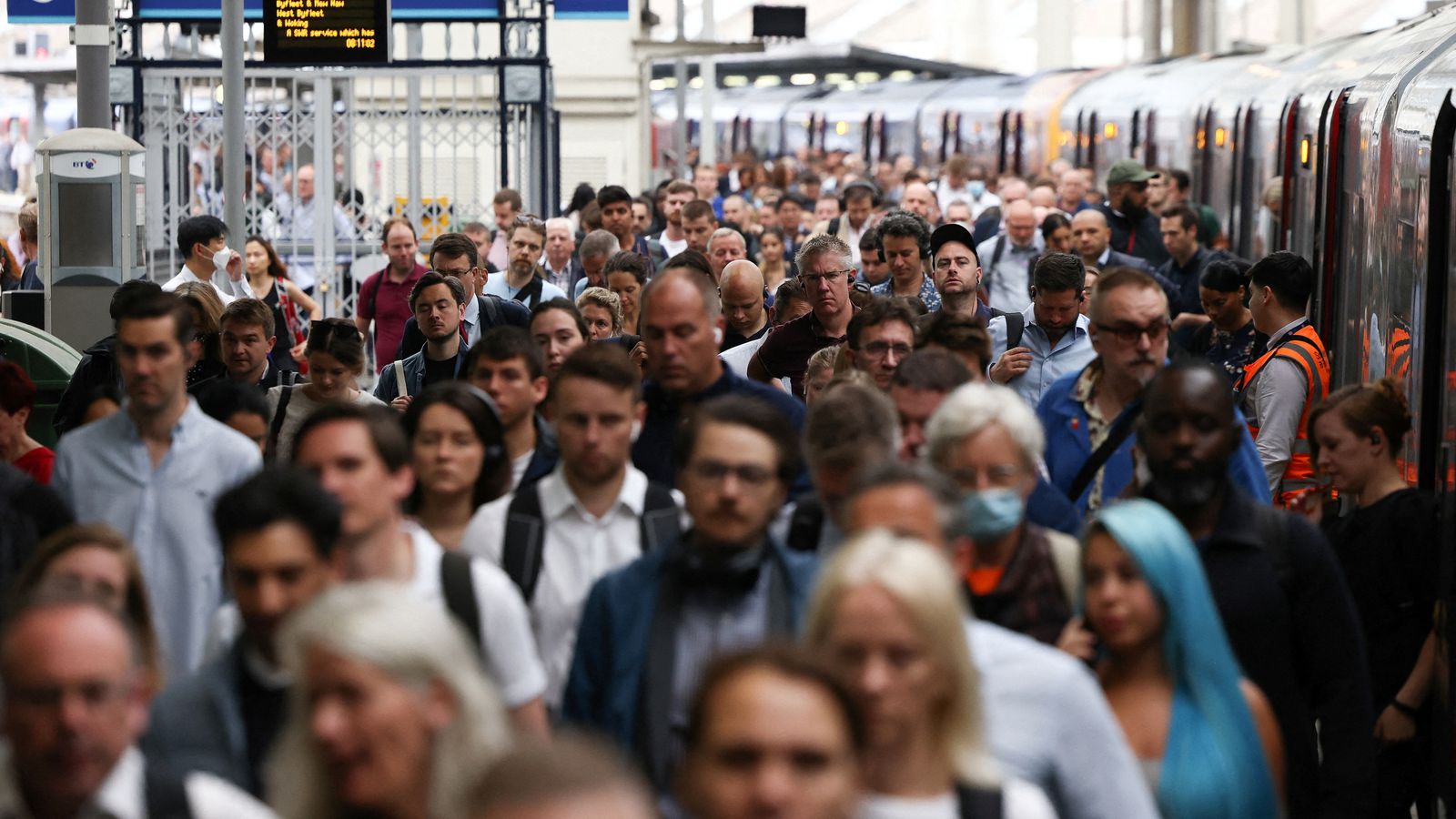Food and drink sales at UK railway stations are facing regulatory scrutiny over fears the £700m market lacks effective competition, meaning passengers are paying over the odds.
The Office of Rail and Road (ORR) said it is investigating further after finding an average 10% premium at station catering stalls compared to the high street.
Its initial report found station operators are not provided with sufficient incentives to invite competition for outlets.
As a result, stalls are staying in the same hands for extended periods due to protected leases, the watchdog said.
It said when unprotected leases came up for renewal, the most common practice is to roll over or extend the lease without an open competition.
The ORR said the next phase of its inquiry will focus on what recommendations should be made to government, station operators, funders and other stakeholders to improve the functioning of the market.
Station outlets tend to be dominated by major chains but there are also many independent retailers.
Real wage growth at highest level for 25 months as inflation eases
London rents forecast to rise at a slower pace than inflation in 2024
Ofcom plans to force phone and TV firms to set out contract prices ‘in pounds and pence’
Each suffered during pandemic restrictions on travel – and passenger volumes are still recovering on many routes.
This is party due to the effects of rail strikes.
Be the first to get Breaking News
Install the Sky News app for free
The ORR said in a statement: “The railway station catering market isn’t working as effectively as it should be.
“More competition between companies to operate at stations would bring real benefits to passengers and taxpayers.
“Because money earned from leases at stations ultimately makes its way back to those who operate railway stations and infrastructure, this is money that could be invested in improving services for passengers or reducing the need for taxpayer support.”
It added: “We will now work with the industry on the best way forward and will make recommendations on how the market needs to change, with the ultimate goal of improving value and outcomes for customers and funders of the railway.”






















